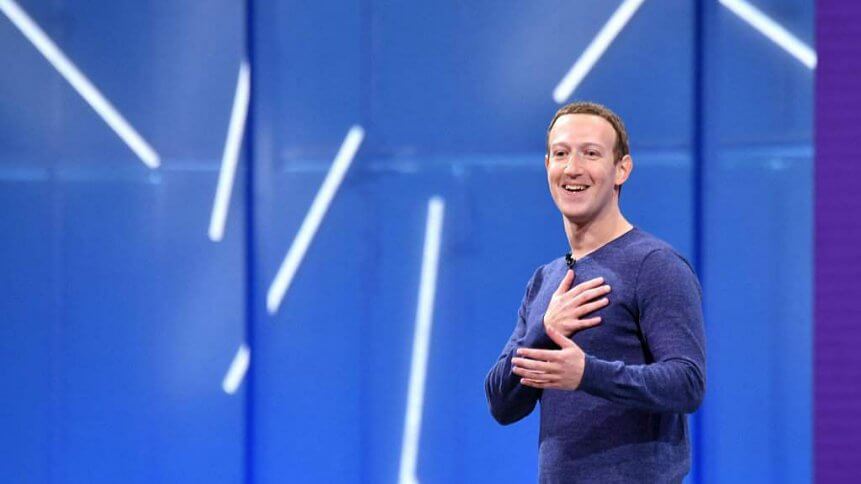Are Meta Verified and Twitter Blue sparking paid verification trend?

|
Getting your Trinity Audio player ready...
|
First, it was Twitter and now Meta too wants to test the benefit of implementing the subscription model onto their platforms. Just this week, Mark Zuckerberg’s Meta Platforms announced that the company had jumped on the ‘paid verification’ bandwagon and said it will test them for Facebook and Instagram, just months after the Twitter Pay Per Blue Tick announcement.
“We want to make it easier for people, especially creators, to establish a presence so they can focus on building their communities on Instagram or Facebook,” Meta said in a blog post earlier this week. Known as the Meta Verified feature, the social media giant will start with a gradual test in Australia and New Zealand later this week to learn what’s most valuable, before bringing it to the rest of the world soon.
The Meta Verified subscription would include extra protection against impersonation, priced at US$11.99 per month on the web or US$14.99 monthly on Apple’s iOS and Android. According to Meta, it would be an Instagram and Facebook subscription bundle with a verified badge to authenticate a user’s account with a government ID, proactive account protection, account support, and increased visibility and reach.
The increased visibility of posts from verified users would “depend on a subscriber’s existing audience size and the topic of their posts,” the company said. Those with smaller audiences might see more of an impact. The company said it would also offer “exclusive stickers” on Facebook and Instagram stories and Facebook reels. At this stage, the service would be available to businesses later, Meta said.
In response to the news, Twitter’s CEO, Elon Musk, tweeted that it was “inevitable” Meta would follow Twitter. Interestingly, Twitter also announced last week that it would provide SMS-based two-factor authentication, but only to users who are subscribed to the US$8-a-month Twitter Blue service available from March 20, 2023, onwards.
Currently, Twitter provides free two-factor authentication through third-party apps and a security key, considered more secure than SMS-based systems. Should non-subscriber accounts that use SMS authentication not switch before the deadline, Twitter said it would disable two-factor authentication for that account.
YOU MIGHT LIKE

Why (and How) is Social Media Failing Businesses?
The company believes phone-number-based 2FA is being abused by “bad actors,” according to a blog post that the company’s tweet linked to. To recall, the third iteration of Twitter Blue was unveiled last December, and it allows users to buy Twitter’s blue tick for US$8 (on a browser) or US$11 (on an iOS device) per month.
Twitter Blue subscribers will get access to subscriber-only features such as ‘Edit Tweet,’ 1080p video uploads, and reader mode. Similar to Meta Verified, subscribers of Twitter’s paid verification services will also receive a blue checkmark after their accounts are reviewed to ensure they meet all of our requirements, including our rules against impersonation.
So far, Twitter Blue is only available in the US, Canada, Australia, New Zealand, and the UK. “We plan to roll out Blue to more countries soon,” Twitter’s staff product manager Patrick Traughber said in a blog post on the company’s website.
Meta and Twitter is boosting the ‘paid verification’ trend
For the longest time, the internet was based on the ethos that everything was free. But, as the internet has evolved, companies have looked for opportunities to monetize their offerings. And, slowly at first, but picking up steam more lately, subscription-based models have began to grow.
As stated in a Bloomberg report, “subscriptions have always offered a tantalizing alternative to advertising, but social networks have traditionally stayed free as a way to encourage user growth and engagement, which is then subsidized with paid marketing posts.”
Even before Meta and Twitter made their recent move, other social media apps like Snap Inc’s Snapchat and messaging app Telegram had launched paid subscription services. Before that, even YouTube started offering a paid version that removes ads, allows offline viewing, and even background app playing. Even platforms like Patreon, OnlyFans, and Twitch have had their paid subscription models to retain users and content creators.
While some platforms’ subscription services focus on exclusive access to creators, some focus on removing ads, while others are trying a mix of both. Most social media platforms, especially Twitter and Meta, are still relatively early in their paid services. So far, subscription-based platforms like Patreon and Substack have demonstrated success in this field by creating a more personal experience between the audience and the content creators.









